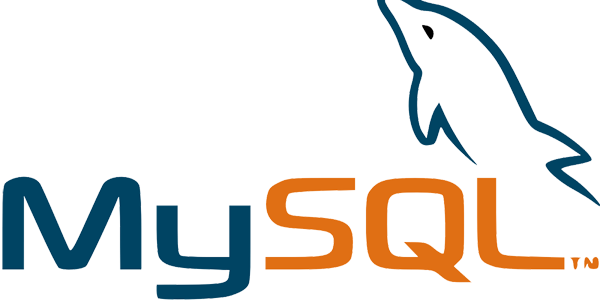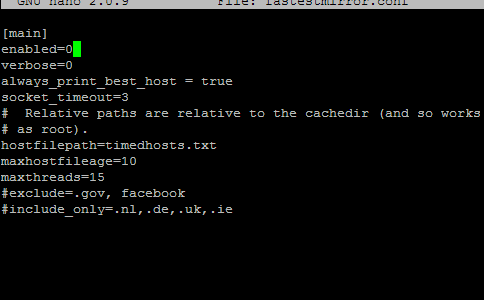Upgrading MySQL databases after a software update
Sometimes MySQL changes its internal database structures between versions. When that is the case, you might get errors after updating it and trying to start it back up or when trying to perform particular operations on the databases (dumps for example).
The solution is rather simple and involves…









